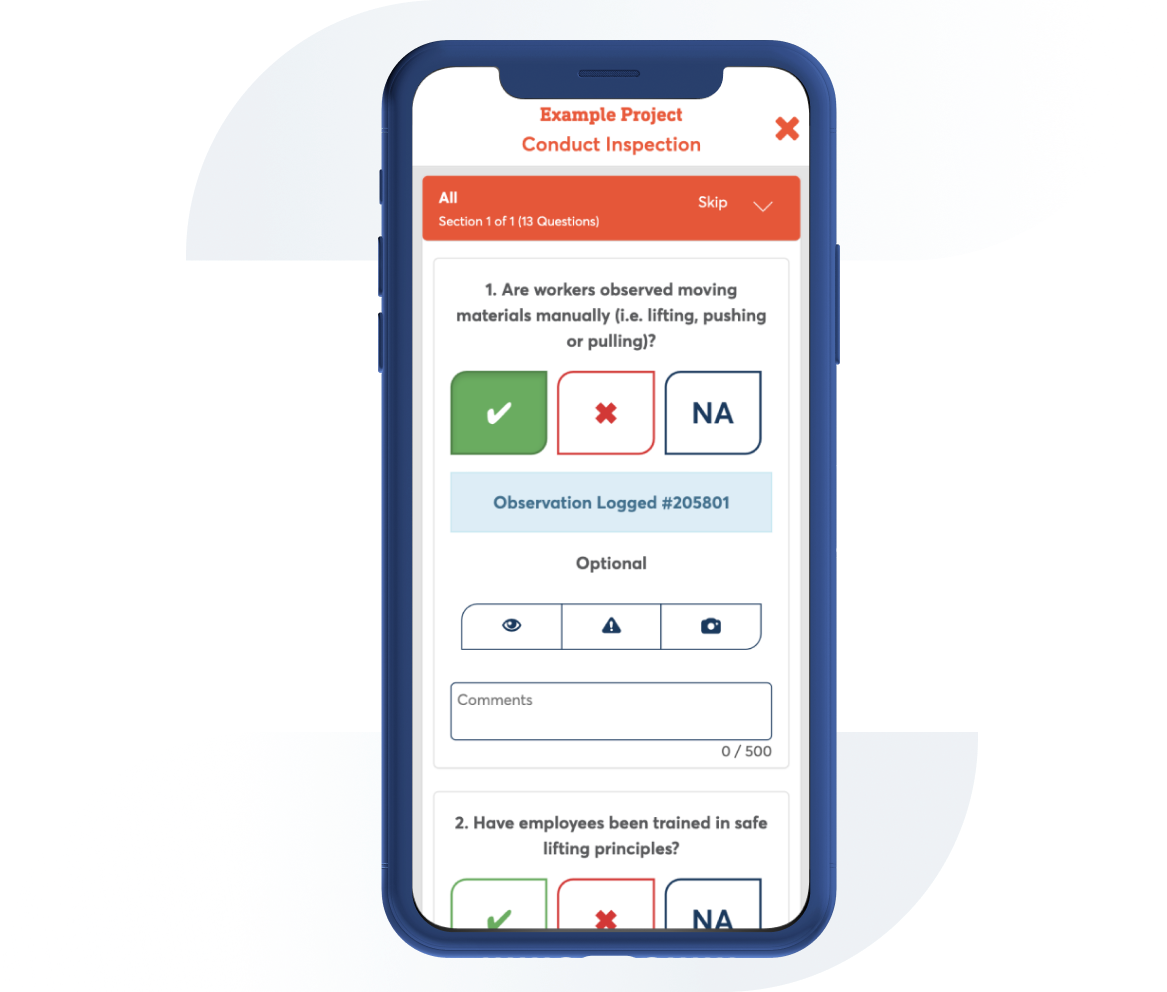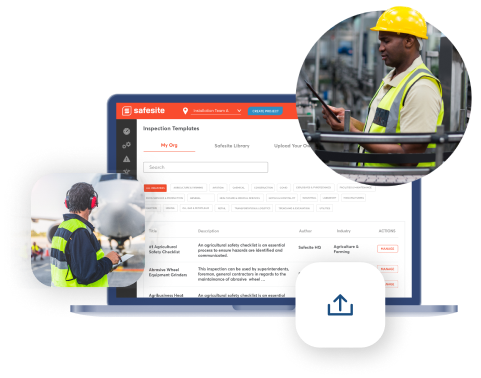Electrical safety
Contributor: Safesite Jurisdiction: OSHA
A facilities management checklist is an essential process to ensure hazards are identified and communicated. Facility management and maintenance activities can expose workers to numerous hazards including slips and falls, bodily strains, electrical shock and faulty equipment. Ensure your workplace is compliant with OSHA regulations and your workforce is kept as safe as possible. Ideal for Facility Maintenance Technicians and safety managers.

Template Preview
1. Is equipment, including electrical plugs and cords, kept in good repair?
Actions
2. Are flexible cords used only in continuous lengths without splices or taps?
Actions
3. Are flexible cords and cables prohibited from being used as a substitute for fixed wiring of a structure; attached to building surfaces; concealed; run through holes in walls, ceilings, or floors?
Actions
4. Is all electrical equipment grounded, and portable GFCIs required to be used on portable electrical equipment?
Actions
5. Are all cord-connected, electrically-operated tools used by employees at their workplace in good condition?
Actions
6. Is each type of disconnecting means (I.e. Circuit Breaker, knofe switch, etc.) required by the low voltage electrical safety orders is legibly marked to indicate its purpose unless it is located and arranged so that the purpose is evident?
Actions
7. Are ground fault circuit interrupters used whenever equipment is in a wet environment such as a restroom?
Actions
8. Are the existing Electrical Panel Directories and Equipment Disconnecting Means accurately labeled, legibly marked, and kept updated to indicate specific purpose?
Actions
9. Is sufficient access and working space (I.e. 36 inches) provided and maintained around electrical equipment allowed for safe operation and maintenance?
Actions
10. Is all facility electrical equipment marked with Manufacturer's name, trademark, or other descriptive marking by with it can be identified, including the voltage, current, wattage or other ratings?
Actions
11. Are energized parts of electrical equipment operating at 50 V or more guarded against accidental contact by use of approved cabinets or other forms of approved enclosures?
Actions
12. Are hot plates, heating mantles, and other heaters with enclosed elements, prohibited or required to have a thermal shut-off or tip-over-protection safety device?
Actions
13. Are electricians and "Qualified Electrical Workers" trained in NFPA 70E safe work practices and authorized to work on specific equipment?
Actions
14. Does each employee who is exposed to the hazards of flames or electric arcs wear Arc Rated (AR/FR) apparel and PPE when working on or around exposed electrical conductors?
Actions
15. Are all electrical equipment and systems treated as energized until tested or otherwise proven to be de-energized?
Actions
16. Does the organization have a written Control of Hazardous Energy (LOTO) Program?
Actions
17. Do Authorized Workers who perform lockout-tagout have appropriate training?
Actions
18. Write Comments or Remarks here:

Can't find what you are looking for?
